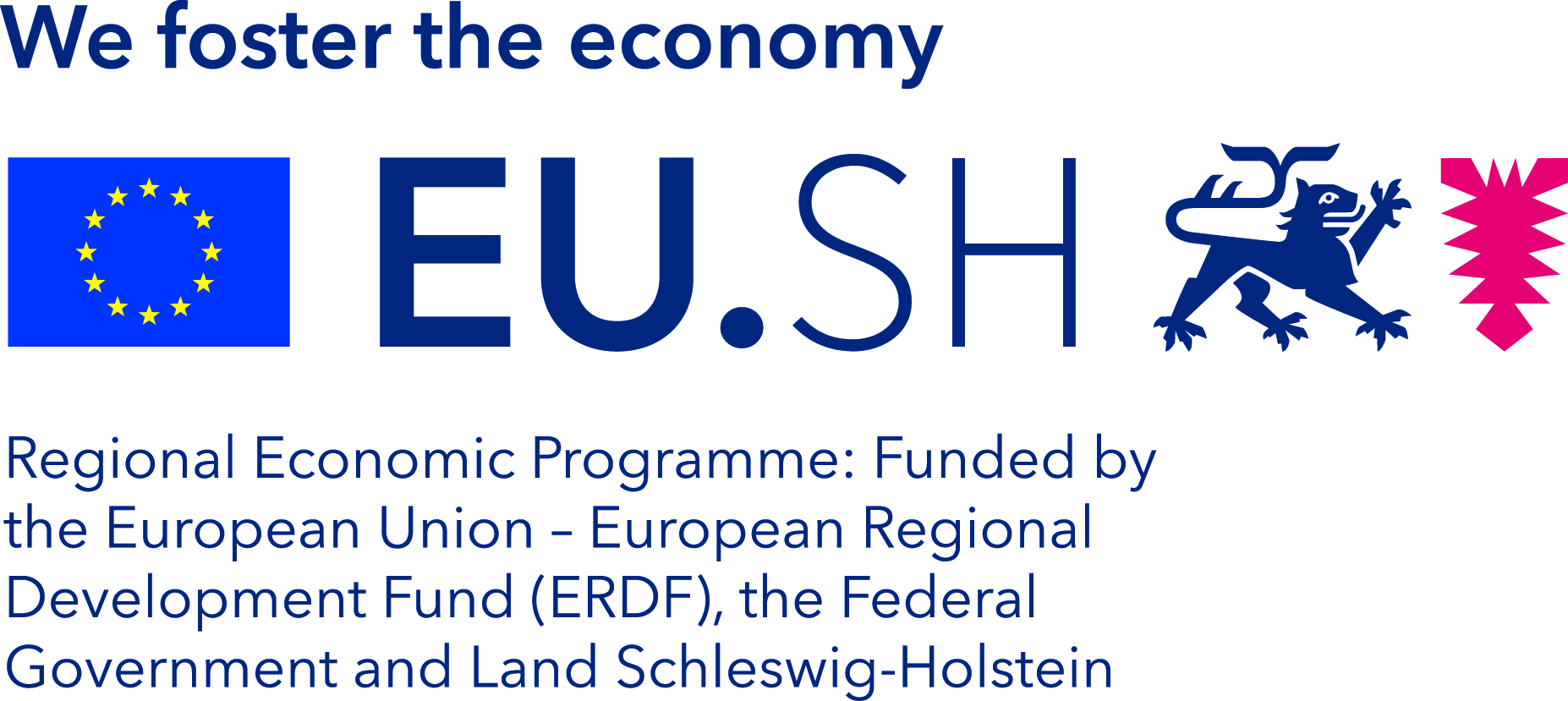Acquandas GmbH is involved in a series of exciting publically funded research projects to further push its thin film technology and open up new markets and products.
Highly elastic thin-film SMA strain sensors for integration in orthotics and prosthetics
![]()
FGLSensOPro
(FKZ: 03ZZ1046A, Projektträger Jülich)
The aim of this project is to provide sensor structures that can monitor high strains that occur repeatedly in prosthesis and orthotic components. Previous sensors, e.g. strain gauges, are not able to cope with these large strains. The sensor structures must therefore meet all requirements that result from this application environment (i.e. cyclical mechanical loads and external temperature influences), as well as requirements that result from the need for reliable integration into the fiber-plastic composite.
Subordinate goals are the research and development of suitable strain-sensitive materials using Acquandas microsystem fabrication technology. NiTi based shape memory alloy (SMA), more precisely NiTi, NiTiCu and NiTiCuxCo, are investigated and their electrical resistance change with strain is characterized, as well as means to facilitate mechanical and electrical integration into carbon-fiber reinforced plastics. The sensor structures are further processed by the partners in the consortium (Fraunhofer IWU Dresden, FiberCheck, OttoBock, RehaAktiv 2000). The aim of the overall project is the development and testing of a functional, cost-effective sensor system for monitoring the strain in the FRP.
Self-expanding and highly flexible 3D surface electrode for microcurrent treatments

SX3DPatch
(FKZ: 13GW0217C, VDI Technologiezentrum GmbH)
Core components for a next gen minimally invasive bioelectronic implant for microcurrent treatment on the heart will be realized. The requirements on these components are high: they must be highly flexible, minimally invasive while adapting to a large shaped area, implantable and explantable, as well as electrically conductive or insulating. The research yields both a next gen bioelectronic implant and a platform for future active implantable medical componenents.
Minimally invasive treatment method for endovascular neurostimulation after a stroke

Enable
(FKZ: 13GW0359B, VDI Technologiezentrum GmbH)
The aim of this project is the realization of components for a catheter-based microelectrode array platform for a novel, image-guided, minimally invasive treatment method for the rapid restoration of blood flow in undersupplied brain areas after a stroke. Project partners are Acandis GmbH, the University Medical Center Freiburg (Department of Neuroradiology), and the University Medical Center Tübingen (Functional and Restorative Neurosurgery).
Research and development of processes for microsystem manufacturing
of bioelectronic microimplants and electrophysiological catheter
Components for stimulation and ablation, as well as their connection technology

Mimcon
(FKZ: LPW-E/1.2.3/1759, Projektträger: WT.SH)
Bioelectronic front-end implants and instruments are used, among other things, to read out bioelectrical signals or to stimulate and ablate tissue. The number of channels (independent electrodes) for many bioelectronic and microtechnical applications (e.g. IRE: irreversible electoporation, PFA: pulsed field ablation, AFIB: atrial fibrillation, ECoG: electrocorticogram, electroanatomical mapping) has grown steadily in recent years and continues to grow. Acquandas researches, on the one hand, to develop components that meet the electrical requirements for these components and, on the other hand, to develop the necessary reliable connection technology to be able to implement the increasing number of channels in the future

Prototype of a self-expandable micro-implant made of 20 µm NiTi, contact area with highly integrated contact pads, each with a conducting path to the electrode
